How do you take photos that capture the magic of the ocean? Whether you’re a beginner snorkeling or advanced scuba diving, the underwater world requires an understanding of light, movement, and the right equipment.
Here are some tips and tricks to help you make a splash with your underwater photography:
1. Start With the Right Gear
Newbies, you don’t need the fanciest equipment to capture underwater shots. We use and highly recommended entry-level cameras like the Fujifilm FinePix XP120 for still images and action cameras like the GoPro Hero 13 for videos. As for gear like wetsuits and fins, we have scored secondhand deals, proving that quality gear doesn’t have to come with a high price tag.
Pro Tip: Invest in a high-quality mask that fits your face well to prevent fogging and a snorkel with wave protection to keep water out.

2. Understand Light Underwater
Light behaves differently beneath the surface. Sunlight fades quickly with depth—red light disappears ~15 feet (5 meters), orange ~25 feet (8 meters), and yellow ~35 feet (11 meters), leaving mostly blue and green tones <50 feet (15 meters). On cloudy days or in deeper waters, colors appear even more muted, so plan accordingly to get the best color and clarity in your shots. If you’re diving at night with an artificial light source, you’ll see bright, vibrant colors of the active marine life.
Pro Tip: The brightest natural light is around midday, but early mornings often provide calmer waters.

3. Safety is Top of Mind
Always use the Buddy System — having someone nearby can help with gear adjustments and emergencies. Whether snorkeling, scuba diving, or free diving, be mindful of your depth, air supply, and surroundings.
Pro Tip: Never turn your back to the ocean. Waves can be unpredictable, and a sudden surge can knock you off balance or pull you under. Always stay aware of water conditions.
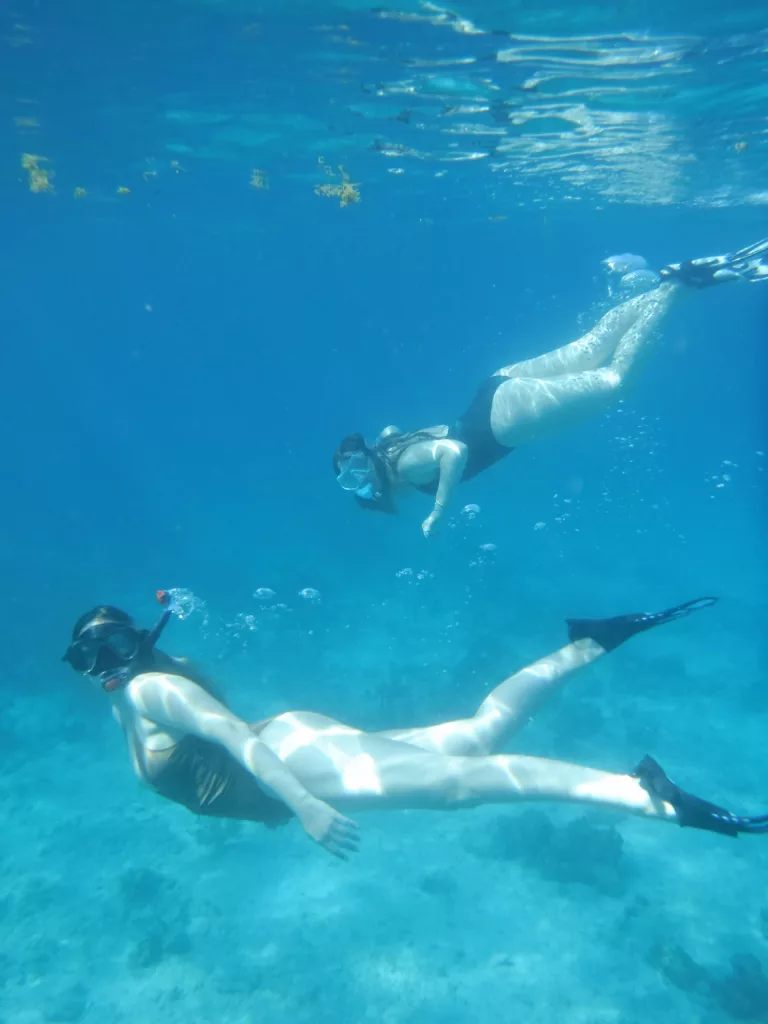
4. Master Buoyancy and Move Slow
Maintaining good buoyancy control helps you avoid stirring up sand and keeps your movements smooth. Your breath plays a big role in this—controlling your breathing can help regulate your position in the water. Moving slowly also allows marine life to approach you naturally, making it easier to capture close-up shots.
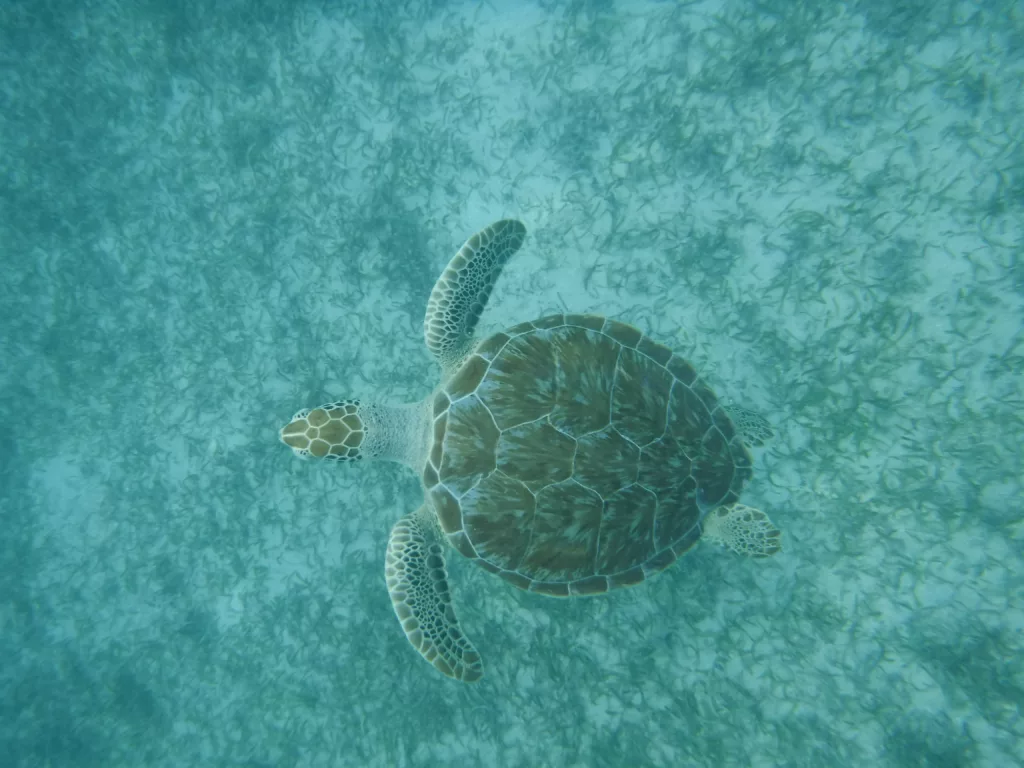
5. Adjust Camera Settings
Many cameras include underwater modes, such as macro settings for detailed close-ups of fish and coral. Action or sports mode helps freeze motion, making it ideal for capturing fast-moving fish or divers. If you’re comfortable adjusting manual settings, increasing ISO can help in low light, but be cautious of noise in the image.
Pro Tip: Action mode works well for capturing split shots—half above and half below the waterline.
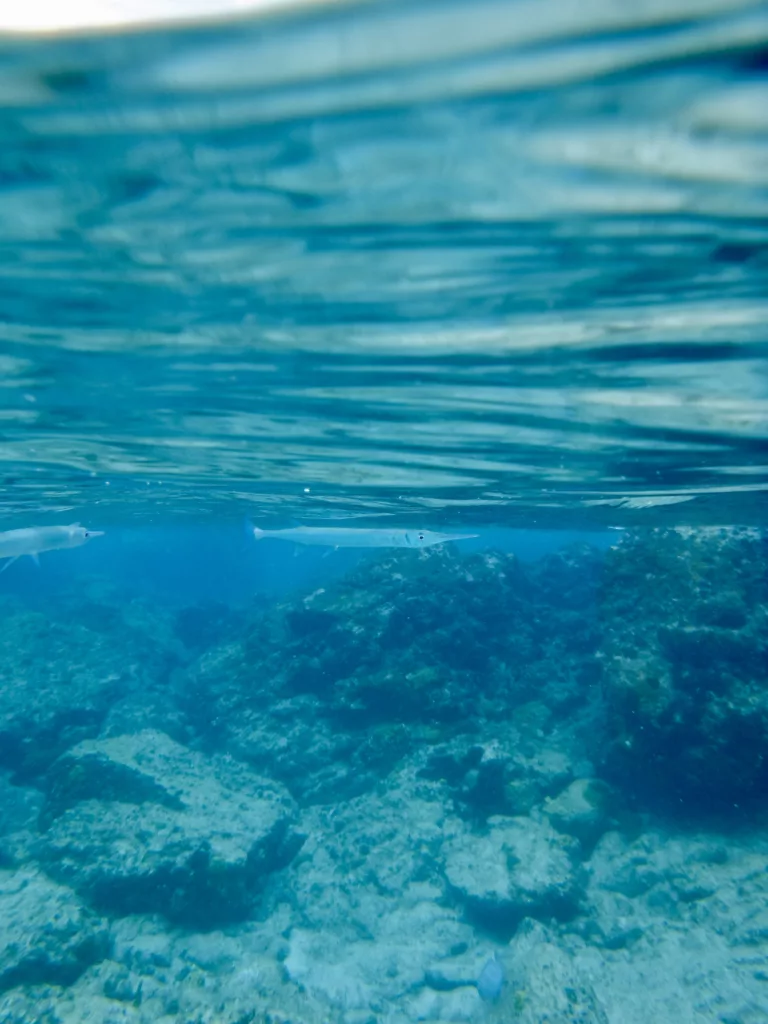
6. Practice Composition
Think about storytelling and how you’d like to bring your photos to life. The Rule of Thirds helps create a balanced image by dividing the frame into three equal sections. Focusing on the eyes of marine life makes for more engaging photos, while including the environment in the background tells a more complete story.
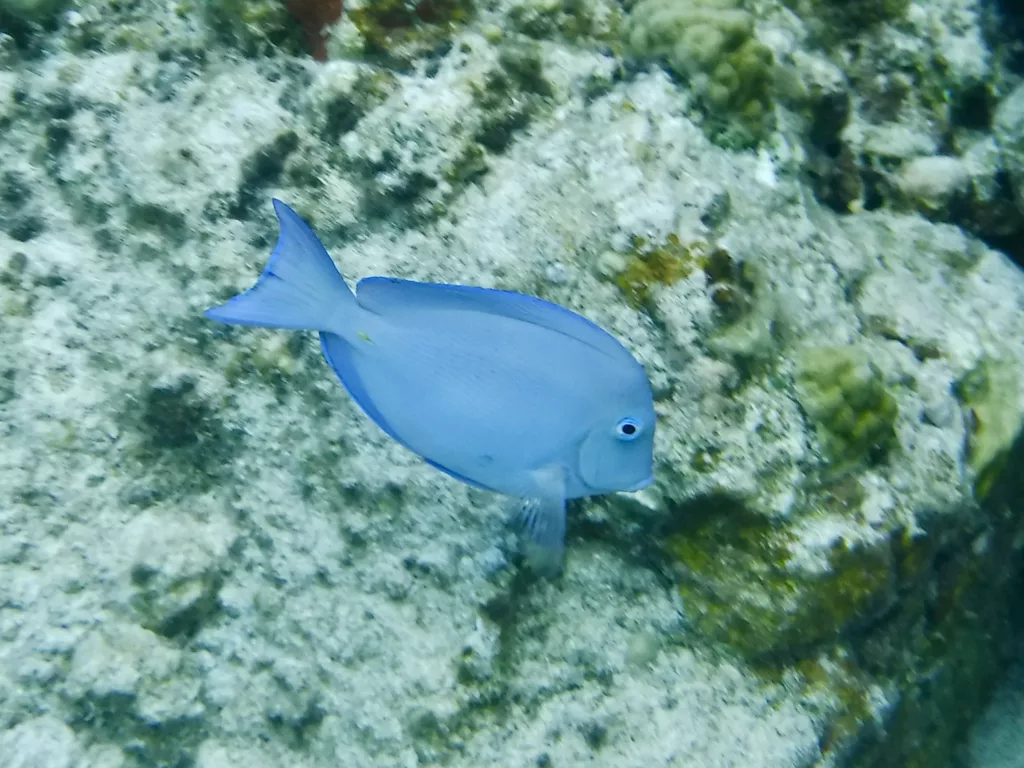
7. Experiment with Angle and Focus
Trying different angles can help you achieve unique shots. Shooting upward towards the surface can create dramatic silhouettes and contrast with natural light.
“My favorite angles are when the camera is pointed upwards to capture silhouettes and the way light filters through the water.” – Kristin
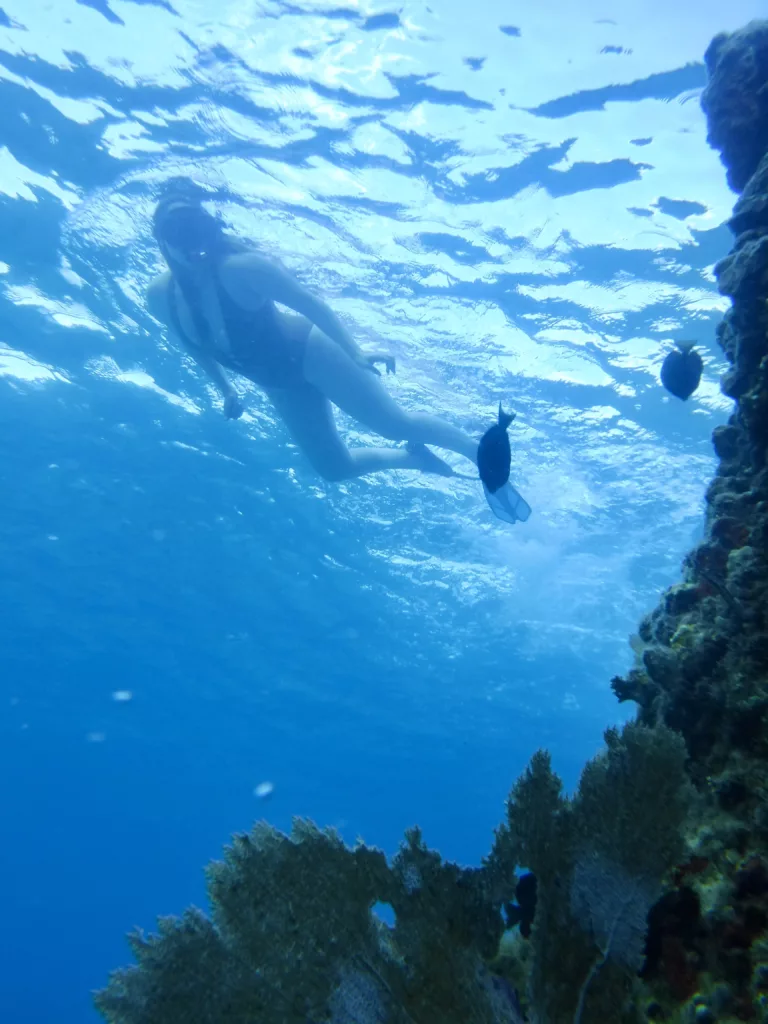
8. Edit to Restore Natural Colors
Water absorbs and alters colors, often making photos look too blue or green. Post-processing tools can help adjust the white balance to bring back natural hues. Use sharpening tools sparingly to enhance details and reduce the effects of floating particles.
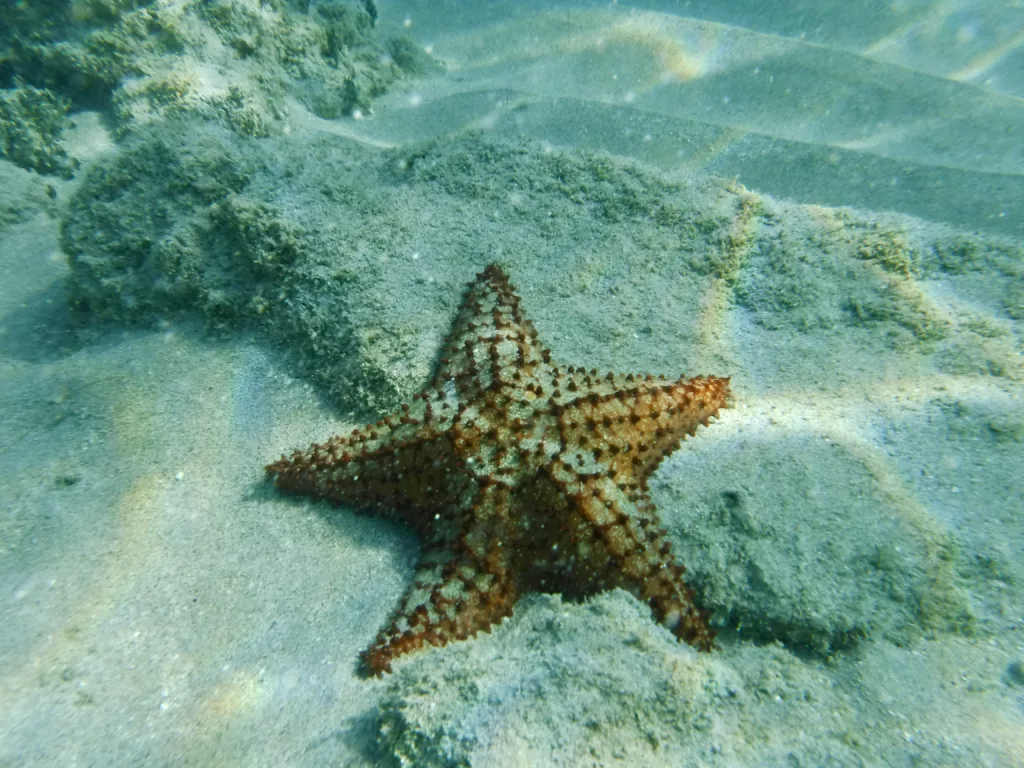
9. Practice and Have Fun
Underwater photography takes time to practice—and that’s part of the adventure. Each dive or snorkeling session offers new challenges and opportunities to improve.
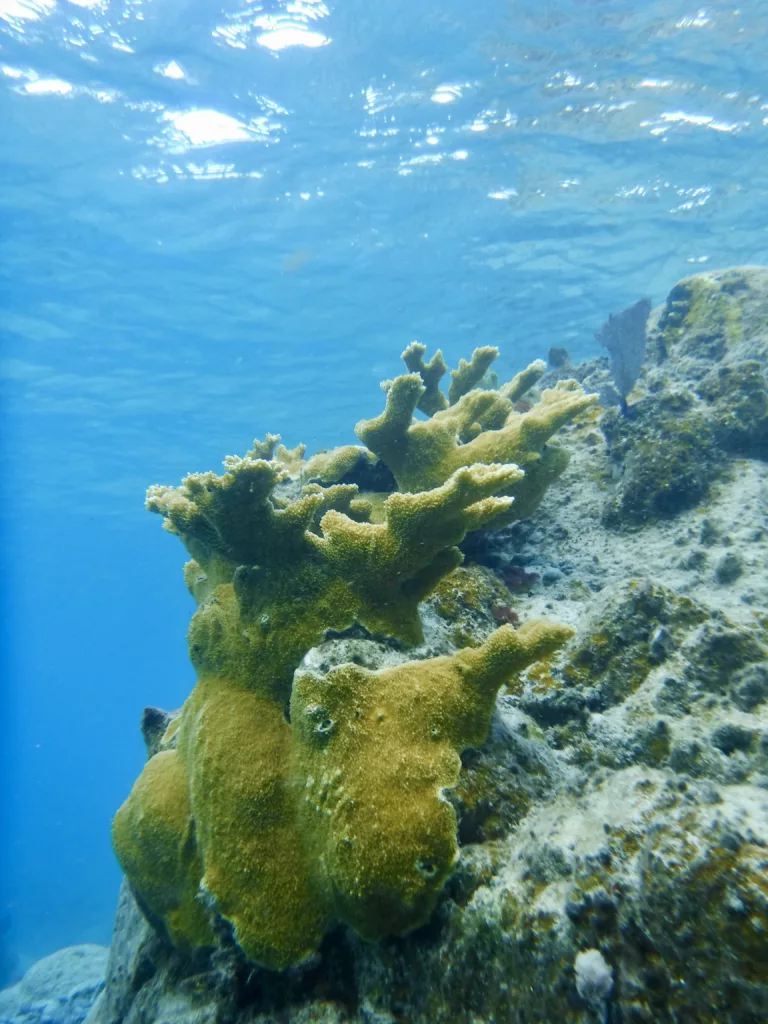
Summary
Whether you’re a snorkeling newbie or a seasoned scuba diver, these tips and tricks make your underwater photography as vibrant as your memories.
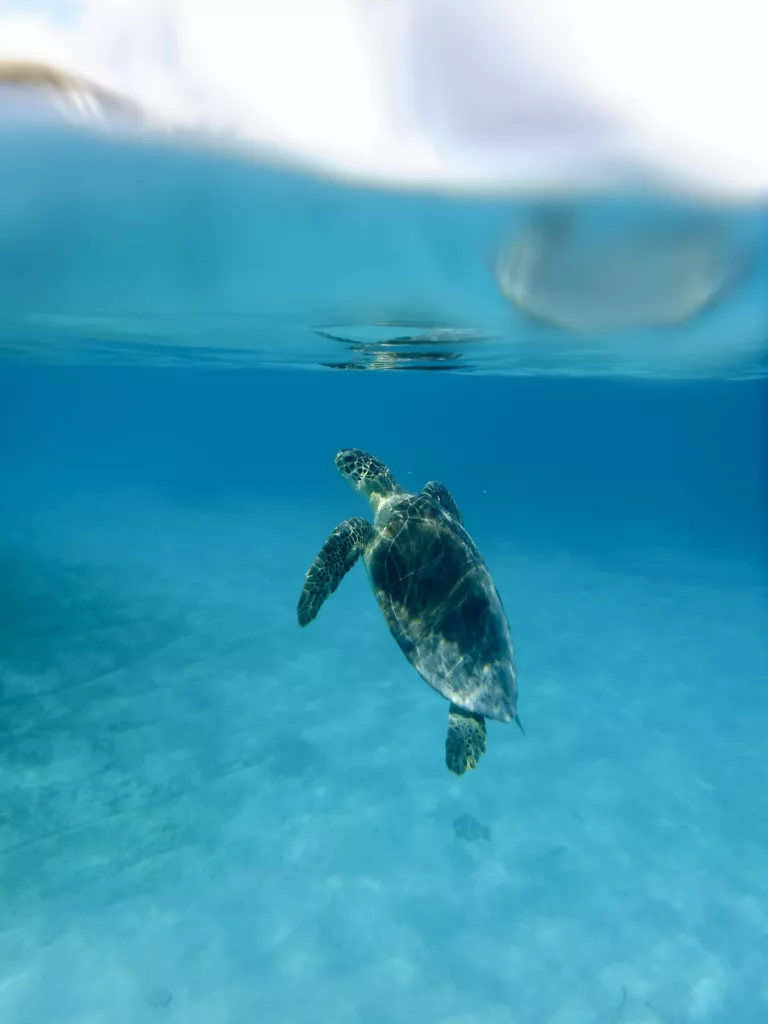
Do you have any other tips for capturing underwater photography? Share your tips and stories with us in the comments below. Let’s dive into the magic of photography together!


